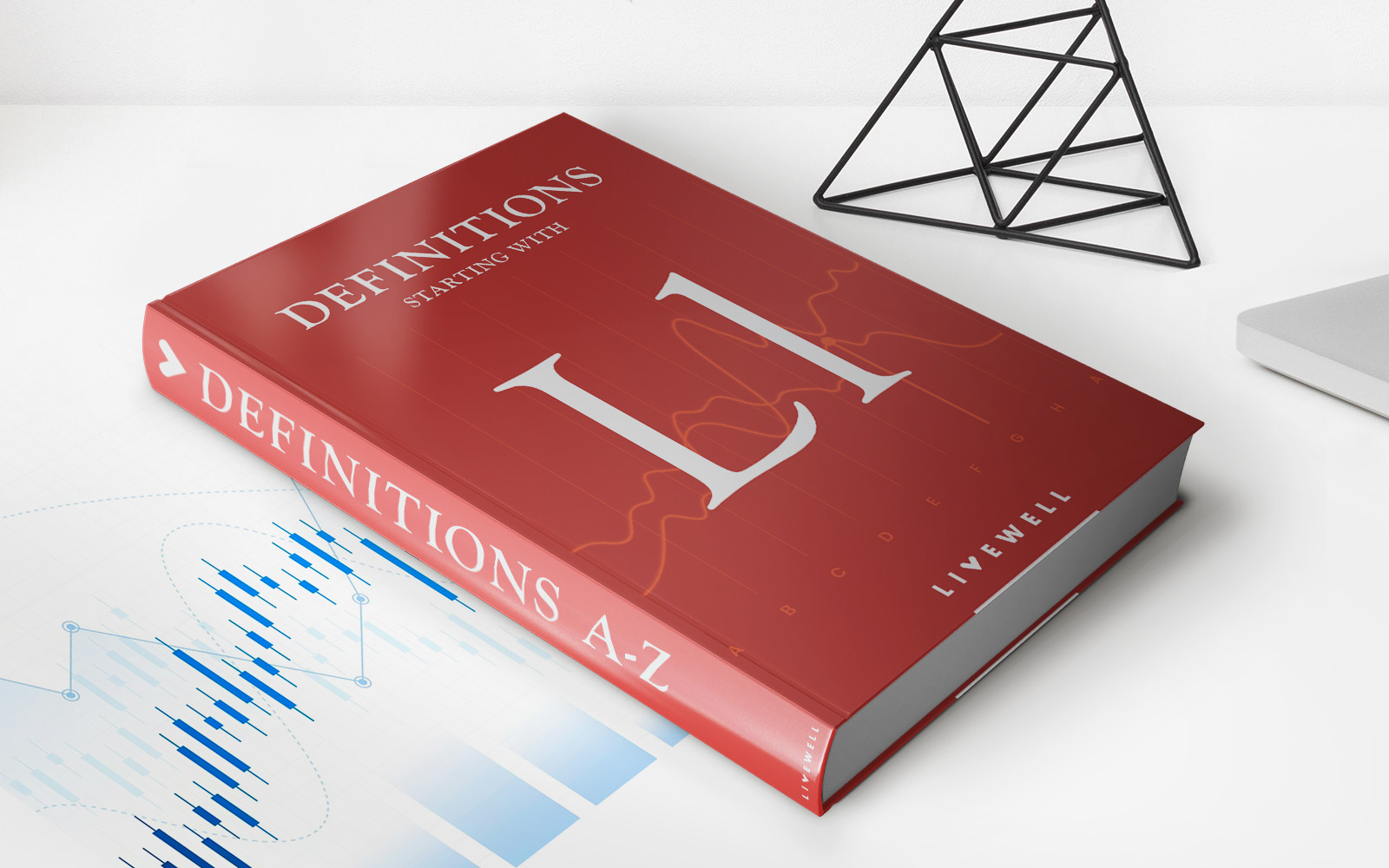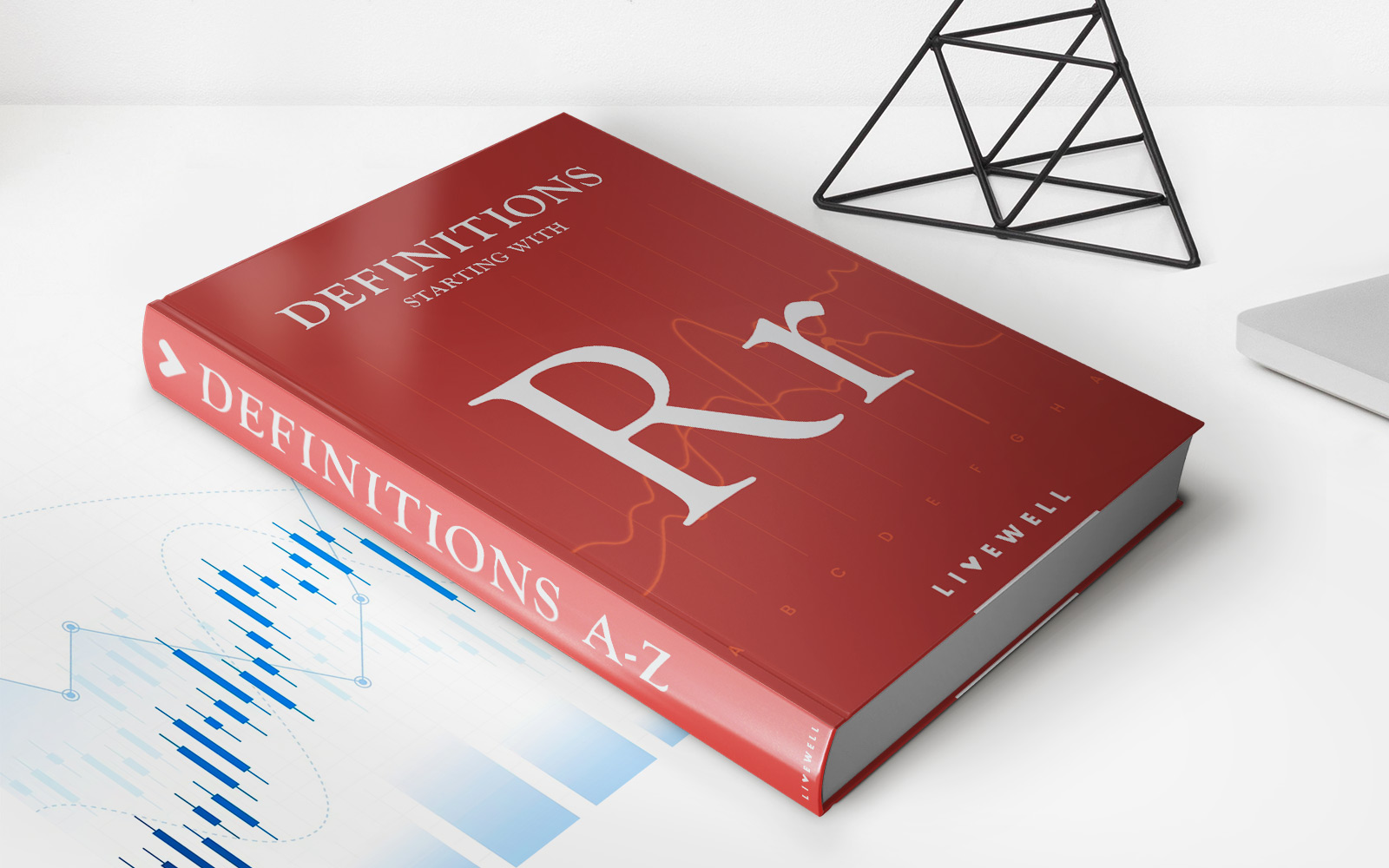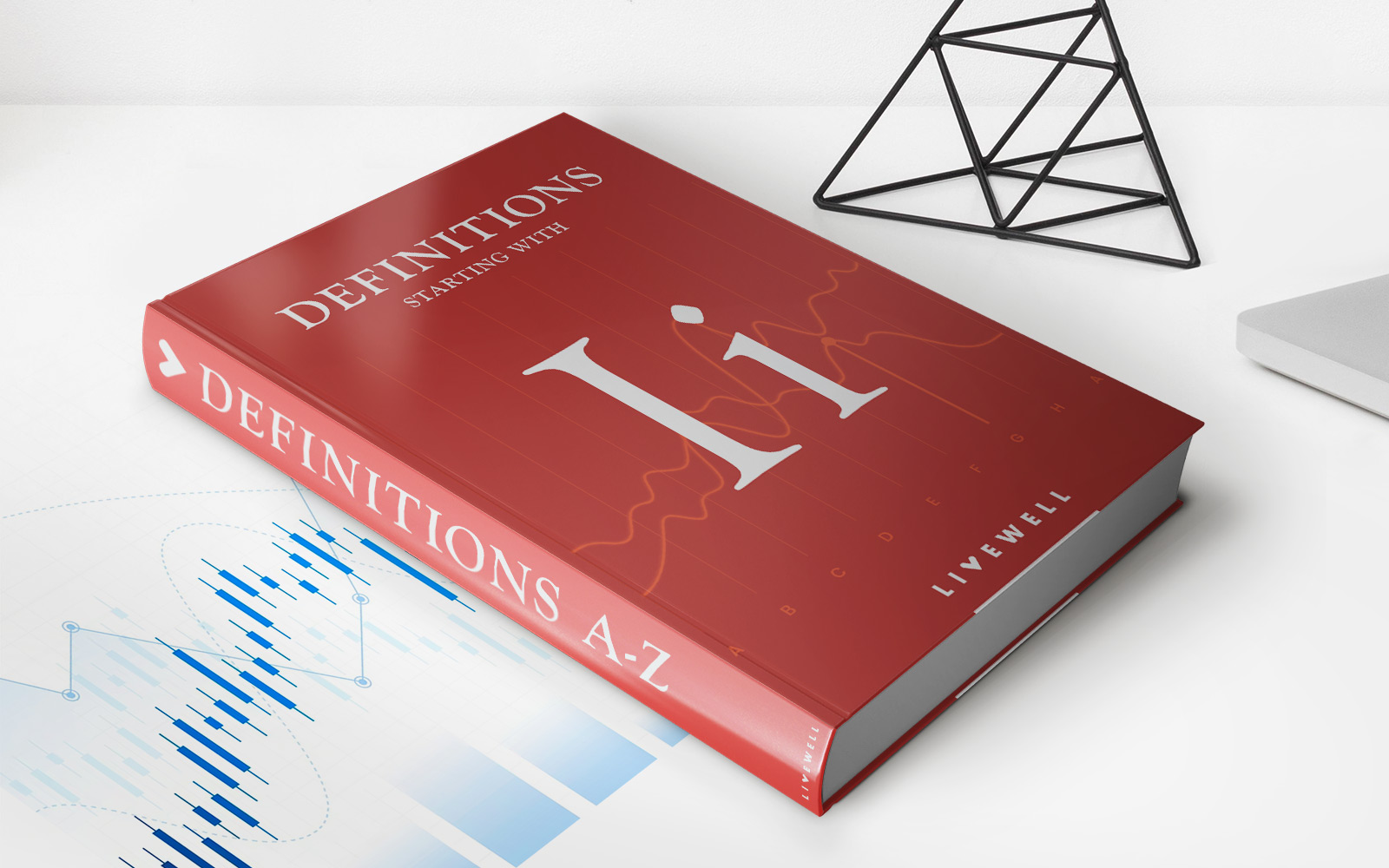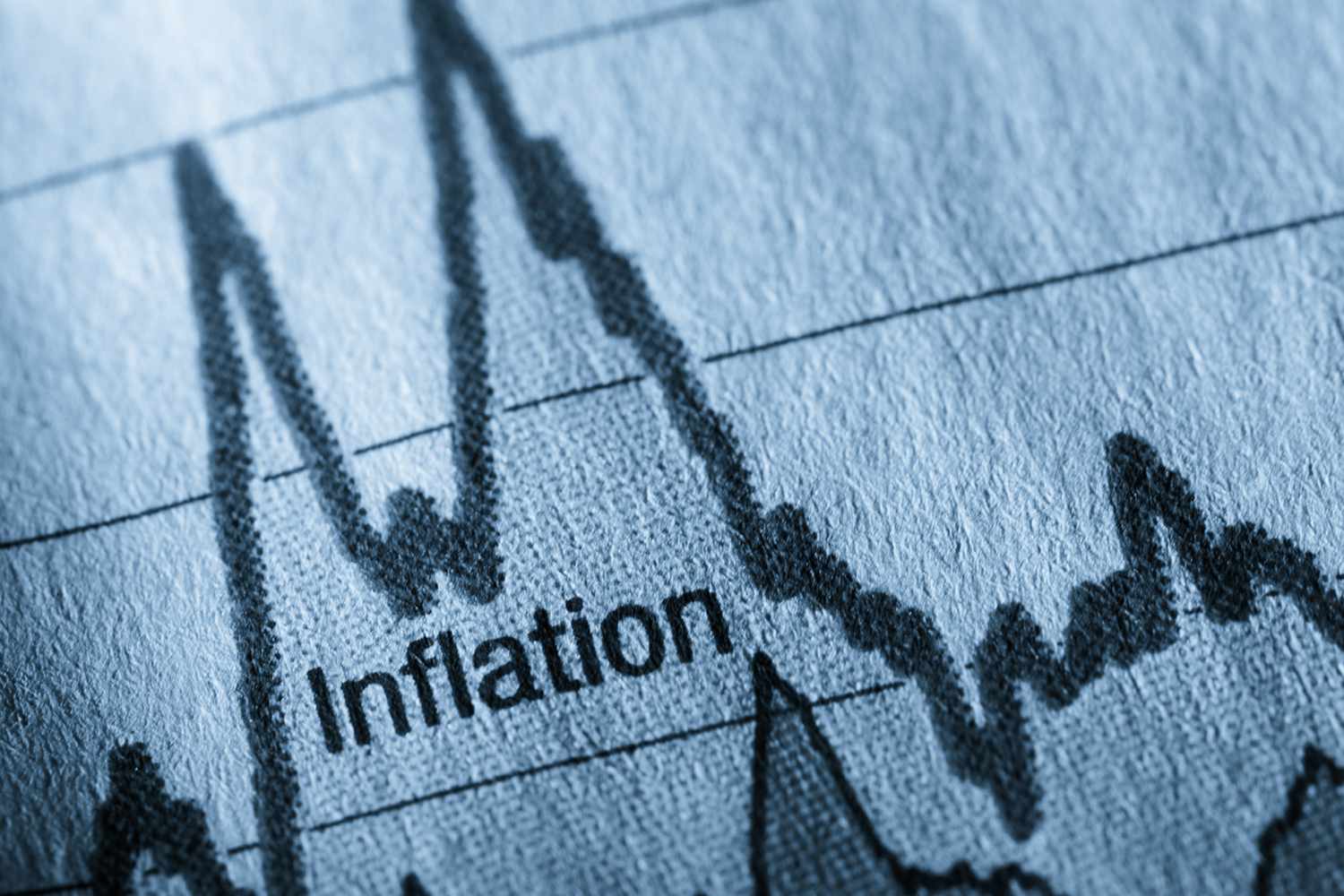Home>Finance>Fisher Effect Definition And Relationship To Inflation


Finance
Fisher Effect Definition And Relationship To Inflation
Published: November 25, 2023
Learn the definition of the Fisher Effect and its correlation to inflation in the world of finance. Uncover the key insights and implications.
(Many of the links in this article redirect to a specific reviewed product. Your purchase of these products through affiliate links helps to generate commission for LiveWell, at no extra cost. Learn more)
The Fisher Effect: Understanding its Definition and Relationship to Inflation
When it comes to the world of finance, there are many essential concepts to grasp in order to navigate the complexities of the industry successfully. One such concept is the Fisher Effect, which holds great significance in understanding the relationship between interest rates, inflation, and investments. In this article, we will delve into the definition of the Fisher Effect and explore its connection to inflation.
Key Takeaways:
- The Fisher Effect explains the relationship between nominal interest rates, real interest rates, and inflation.
- According to the Fisher Effect, an increase in expected inflation leads to a corresponding increase in nominal interest rates.
Before we explore the Fisher Effect, it’s crucial to comprehend the basics of inflation. Inflation refers to the general increase in prices of goods and services over time, eroding the purchasing power of money. Given the substantial impact of inflation on economies and investments, it becomes essential to consider its effects when making financial decisions.
The Fisher Effect Definition
The Fisher Effect, named after economist Irving Fisher, states that there is a direct relationship between nominal interest rates, real interest rates, and inflation. Nominal interest rates are the rates quoted in financial markets and are the actual rates observed. Real interest rates, on the other hand, represent the nominal interest rate adjusted for inflation, reflecting the actual return on an investment.
The Fisher Effect can be defined as follows: When inflation expectations rise, nominal interest rates also tend to rise by the same magnitude. In other words, the nominal interest rate consists of two components – the real interest rate (which represents the intrinsic time value of money) and the expected inflation rate. As inflation expectations increase, borrowers and lenders demand higher nominal interest rates to compensate for the erosion of the future purchasing power of money.
To comprehend this relationship, consider a scenario where an investor receives a 5% nominal interest rate on their investment. If the expected inflation rate for the same period is 2%, the investor’s real interest rate would be 3%. This 3% represents the actual return on the investment after accounting for inflation. As expected inflation rises, the nominal interest rate would increase accordingly, aiming to preserve the real return on investment.
The Fisher Effect and Inflation
The Fisher Effect provides valuable insights into how inflation influences interest rates and investment decisions. Here are a few ways in which the Fisher Effect and inflation are interconnected:
- Impact on borrowing and lending: Inflation affects the desirability of borrowing and lending. As inflation increases, lenders are less willing to lend at lower interest rates because they anticipate a loss in purchasing power. Borrowers, on the other hand, face higher borrowing costs as lenders raise nominal interest rates to compensate for inflation.
- Speculative investment behavior: The Fisher Effect encourages more speculative investment behavior during periods of high inflation. Investors seek higher returns to counterbalance the eroding effects of inflation, pushing them towards riskier investment options.
- Planning for retirement: Understanding the Fisher Effect helps individuals plan for retirement. When considering long-term investments for retirement, investors must take into account the expected inflation rate to ensure that their real returns are sufficient to meet their financial goals.
By understanding the Fisher Effect and its relationship to inflation, investors and policymakers can make more informed decisions and adjust their strategies accordingly. It highlights the importance of considering inflation expectations when determining interest rates and investment opportunities.
In conclusion,
The Fisher Effect is a vital concept in finance that sheds light on the interplay between interest rates, inflation, and investments. It emphasizes how inflation expectations influence nominal interest rates and the subsequent impact on borrowing, lending, and investment behavior. By recognizing the relationship between the Fisher Effect and inflation, individuals and businesses can navigate the complex world of finance with greater clarity and make more informed financial decisions.














